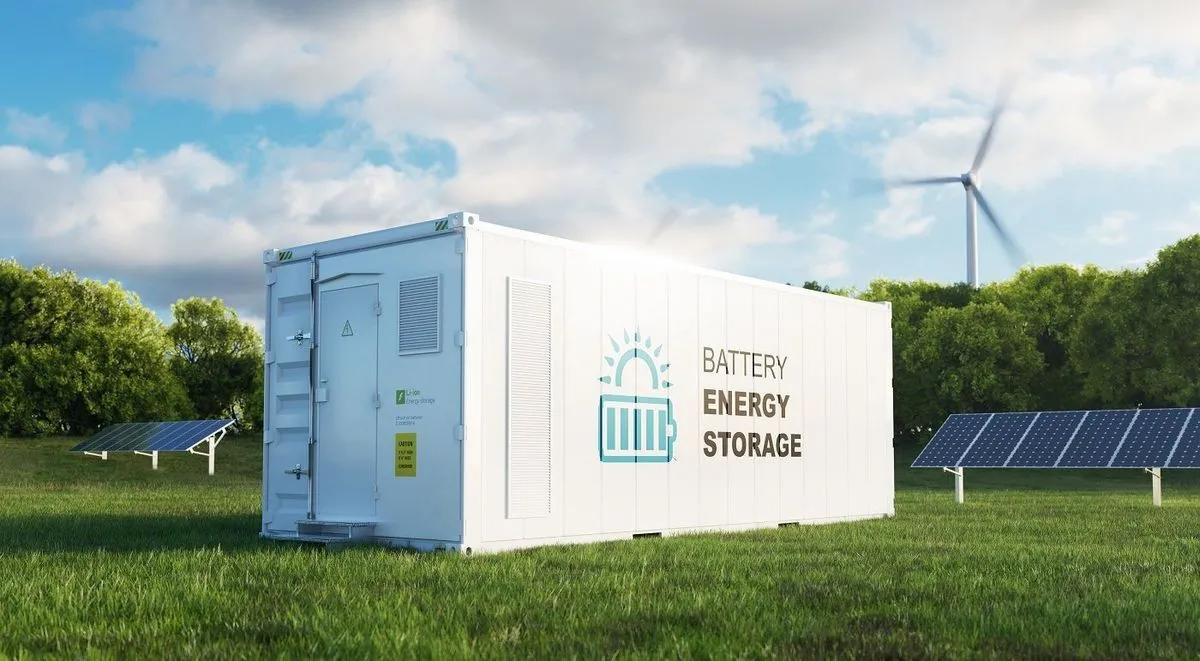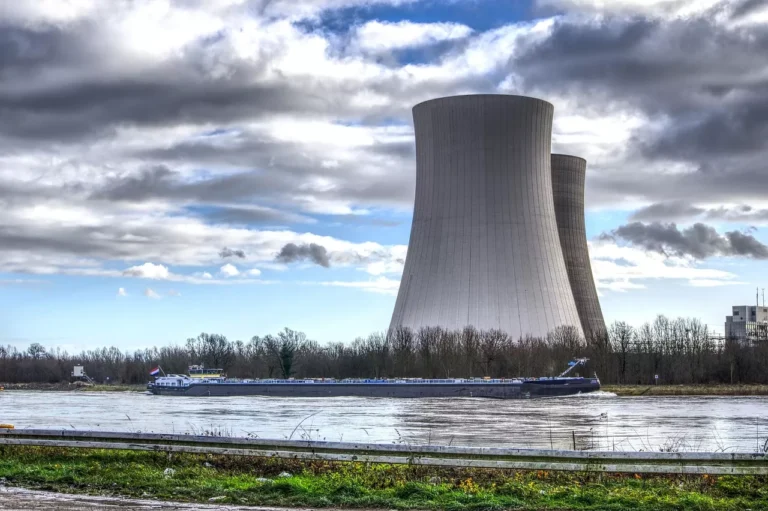
Energy Vault Secures $300 Million Preferred Equity Investment to Launch “Asset Vault,” Accelerating 1.5GW of Global Energy Storage Deployment
Energy Vault Holdings, Inc., a leading global provider of grid-scale energy storage solutions, has announced a significant step in its strategic growth plans. The company has entered into an exclusivity agreement for a $300 million preferred equity investment to launch Asset Vault, a new, fully consolidated subsidiary dedicated to developing, building, owning, and operating large-scale energy storage assets around the world.
The new subsidiary will focus on projects that are either stand-alone storage facilities or integrated with renewable generation plants, strategically targeting the most promising energy markets worldwide. By leveraging this investment, Energy Vault aims to accelerate its Independent Power Producer (IPP) strategy and bring 1.5 gigawatts (GW) of energy storage capacity online in the near term.
A Strategic Shift Toward Asset Ownership
The move marks a clear expansion of Energy Vault’s business model from its roots as a technology provider and project developer into a more vertically integrated operator of energy storage infrastructure. The $300 million injection will provide the company with the financial flexibility to execute its “build, own, operate” strategy more aggressively.
Energy Vault’s management highlights that its in-house expertise in designing, constructing, and operating storage systems—combined with its proprietary Energy Management System (EMS) software—gives it a competitive advantage. This integrated approach helps reduce both the capital cost per kilowatt-hour ($/kWh CapEx) and the operating cost (OpEx) of storage assets, thereby improving the internal rate of return (IRR) for each project.
The EMS platform is designed to optimize dispatch schedules, improve system safety and reliability, and ensure that projects deliver maximum economic performance over their operational life.
The Formation of Asset Vault
The transaction is expected to close within 30–60 days, subject to customary regulatory approvals and closing conditions. Upon completion, Asset Vault will formally become a fully consolidated subsidiary under Energy Vault Holdings.
This new entity will be the platform through which Energy Vault manages its owned energy storage assets, all of which will be supported by long-term offtake agreements. These agreements, often extending more than a decade, ensure predictable revenue streams and help secure favorable project financing terms.
The $300 million preferred equity investment will be allocated toward:
- Project Development Costs – covering permitting, engineering, and pre-construction activities.
- Project Acquisitions – securing ownership stakes in promising energy storage opportunities.
- Equity Investments – both majority and minority positions, to leverage additional financing and bring projects to completion.
Importantly, the preferred equity structure is non-dilutive to common shareholders, meaning it does not reduce the ownership percentage of existing investors. The agreement also includes milestone-based provisions for equity participation in the publicly listed parent company, aligning the interests of new investors with those of current shareholders.
CEO’s Perspective: A Milestone in Energy Vault’s Growth
Robert Piconi, Chairman of the Board and Chief Executive Officer of Energy Vault, described the transaction as transformative:
“The $300 million investment and the creation of Asset Vault unlock the full potential of our ‘Own and Operate’ storage IPP strategy with immediate investment flexibility. By combining long-term contracted revenues with strategic capital and integrated, self-performed project execution, we are well positioned to scale resilient, mission-critical energy infrastructure to meet the current needs driven by the penetration of renewable energy and the massive increases in energy demand driven by data center AI infrastructure.”
Piconi emphasized that the combination of secure, long-term contracts and strategic capital infusion provides the platform needed for rapid growth while meeting the pressing global demand for reliable clean energy storage.
A Growing Portfolio of Operational and Contracted Projects
Asset Vault will bring together Energy Vault’s expanding portfolio of operational and contracted energy storage projects. This portfolio currently includes:
- Operational Assets
- Cross Trails BESS – A 57 MW / 114 MWh battery energy storage system.
- Calistoga Resiliency Center – An 8.5 MW / 293 MWh facility designed to enhance regional grid stability.
- Contracted Asset
- Stoney Creek BESS – Recently acquired in New South Wales, Australia, this 125 MW / 1.0 GWh system is underpinned by up to a 14-year Long-Term Energy Service Agreement (LTESA) with AEMO Services as the Consumer Trustee. The agreement forms part of the New South Wales Electricity Infrastructure Roadmap, ensuring stable capacity revenues.
- Robust Development Pipeline
- Approximately 3 GW of battery energy storage systems (BESS) are in various stages of development across the United States, Europe, and Australia.
- Many of these projects have secured long-term revenue contracts, with U.S. projects benefiting from federal Investment Tax Credit (ITC) incentives.
- Energy Vault is targeting levered IRRs of 15% or higher over a 20-year asset lifespan.
Operational Control and Integration Advantages
A critical component of the Asset Vault model is that Energy Vault will retain voting and operational control over the subsidiary. This ensures consistency in execution and allows the company to fully leverage its in-house development, engineering, procurement, construction (EPC), and asset management capabilities.
By self-performing EPC functions, Energy Vault expects to capture incremental revenue and maintain high gross margins. This also creates strategic operating leverage, enabling the company to spread its fixed costs across a growing base of owned assets. Such integration can yield competitive advantages in cost efficiency, project delivery timelines, and overall asset performance.
Projected Financial Impact
Energy Vault projects that, within three to four years, Asset Vault could generate $100 million or more in recurring annual EBITDA as a consolidated subsidiary. This EBITDA contribution would be in addition to the revenue generated from the company’s existing Energy Storage Solutions segment, which remains a core revenue driver.
The financial structure also ensures that, in addition to long-term revenues from owned assets, Energy Vault benefits from immediate cash flows through:
- Project design and construction contracts.
- Commissioning services.
- Long-term service agreements (LTSAs) for ongoing operation and maintenance.
This dual-stream revenue model enhances liquidity for the parent company and provides a sustainable foundation for future growth.
Technology-Agnostic and Flexible Business Model
One of Energy Vault’s key differentiators in the market is its technology-agnostic approach. Rather than relying on a single storage technology, the company evaluates and integrates the best available solutions—whether that involves lithium-ion batteries, gravity-based storage, or other emerging technologies—based on the specific needs of each project.
This flexibility is reflected in its business model, which spans:
- Energy-as-a-Service (EaaS) – Providing storage capacity without transferring ownership to the customer.
- Project Development and Sale – Designing and building storage projects for third parties.
- Long-Term Asset Ownership – Operating as an Independent Power Producer (IPP) through Asset Vault, capturing full lifecycle value.
By covering the entire spectrum of project delivery and ownership, Energy Vault can maximize value creation while responding to market opportunities in different geographies and regulatory environments.
Positioning for the Future of Energy Storage
The creation of Asset Vault comes at a time when global demand for energy storage is accelerating rapidly. Factors driving this trend include:
- Increased penetration of renewable energy such as solar and wind, which require storage to balance supply and demand.
- Electrification of transport and industry, adding new loads to the grid.
- Data center growth—particularly those supporting artificial intelligence—which significantly increases power demand and grid reliability requirements.
Energy Vault’s expansion into asset ownership through Asset Vault positions it to play a central role in addressing these challenges, providing the infrastructure needed for a resilient, low-carbon energy future.










